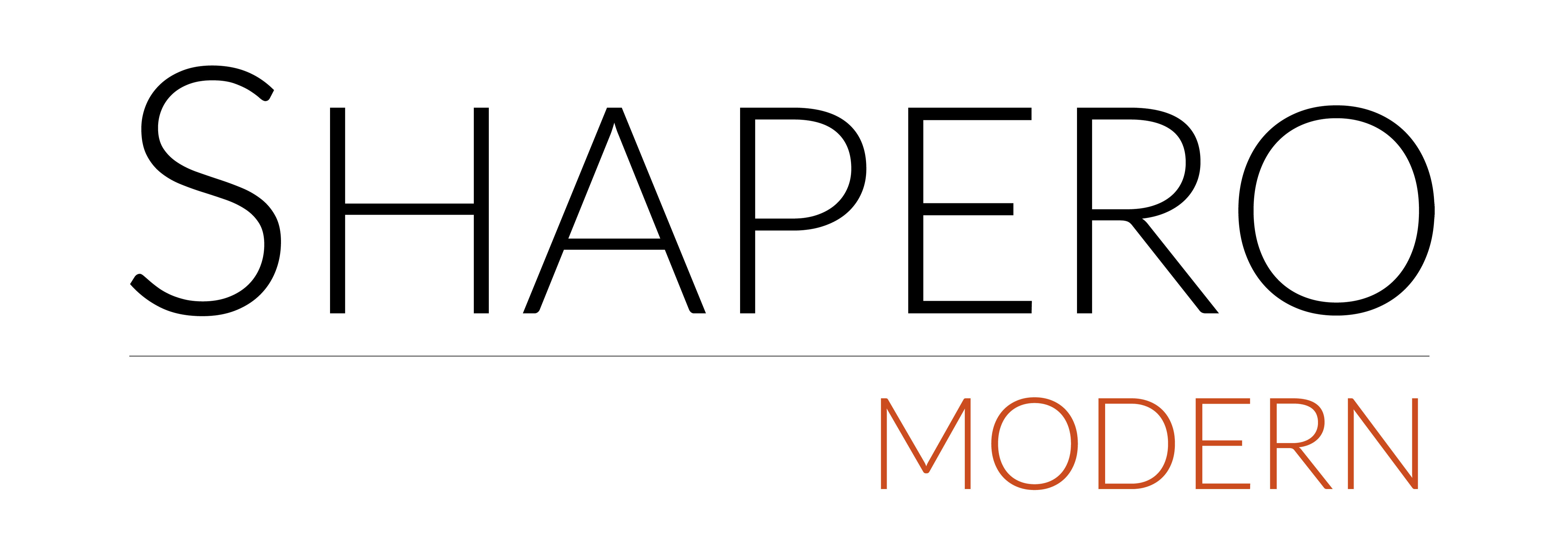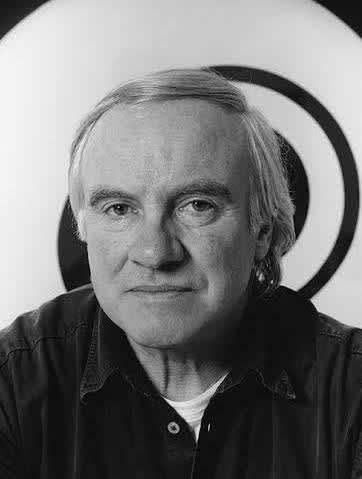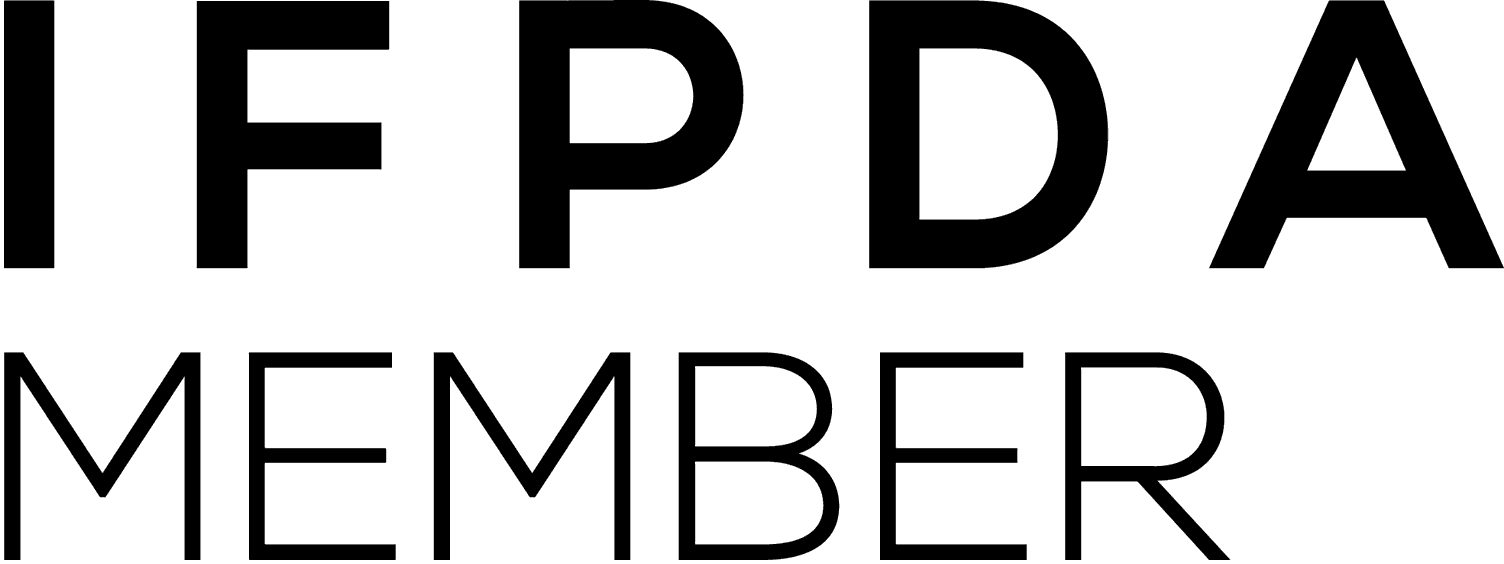Patrick Caulfield
Send me more information on Patrick Caulfield
Patrick Joseph Caulfield (1936-2005) was born on 29th January, 1936 in Acton, London. He left Acton Secondary Modern at the age of 15, and secured a position as a filing clerk at Crosse and Blackwell, later transferring to the design studio. At 17, he joined the Royal Air Force at RAF Northwood. He attended evening classes at Harrow School of Art (later adopted into the University of Westminster). From 1956-59 he attended the Chelsea School of Art, and from 1960-1963 the Royal College of Art.
During his time at the Chelsea School of Art, Caulfield won two prizes, one of which funded a trip to Crete following his graduation. Caulfield was inspired by the Minoan frescoes and the bright colours of Crete. After leaving the Royal College of Art, where his contemporaries had included David Hockney and Allen Jones, he exhibited at the New Generation show at London’s Whitechapel Gallery, where he was recognised for his associations with the pop art movement. Caulfield sought to shrug off this branding, seeing himself as a 'formal artist'.
Certainly, within a decade, Caulfield had ventured away from pop art associations, incorporating more detailed, realistic elements into his work; After Lunch (1975) is an early example of the realist-figurative style he developed over his career. Caulfield later returned to his earlier, more stripped-down style of painting, and often – such as in Still Life: Autumn Fashion – combined elements of the two.
Caulfield was nominated for the Turner Prize for his show The Artist’s Eye at the National Gallery in London in 1987. He began to paint to commission around this date; notably designing the stained glass window for The Ivy restaurant, a 12 metre carpet for the British Council’s headquarters in Manchester and set designs for Part Game and Rhapsody at the Royal Opera House. In 1996 his solo gallery at the Claudine Papillon in Paris was highly acclaimed, as was his solo exhibition at the Hayward Gallery in London in 1999. In 1996 he was made a CBE and in 2010, Caulfield was included in an exhibition at the Yale Centre for British Art entitled The Independent Eye: Contemporary British Art from the Collection of Samuel and Gabrielle Lurie. Recent exhibitions have included the 2006 solo exhibition at the Tate Liverpool, the 2006 Special Summer Exhibition show at the Royal Academy (RA) London, and a solo exhibition of his prints at the Alan Cristea Gallery. In 2013 the Tate Britain held an exhibition featuring work from throughout his career. His work is collected in the British Council, London Tate Gallery, Victoria and Albert Museum, Dallas Museum of Art, Harry N Abrams Collection in New York and the National Gallery of Australia, among others.



